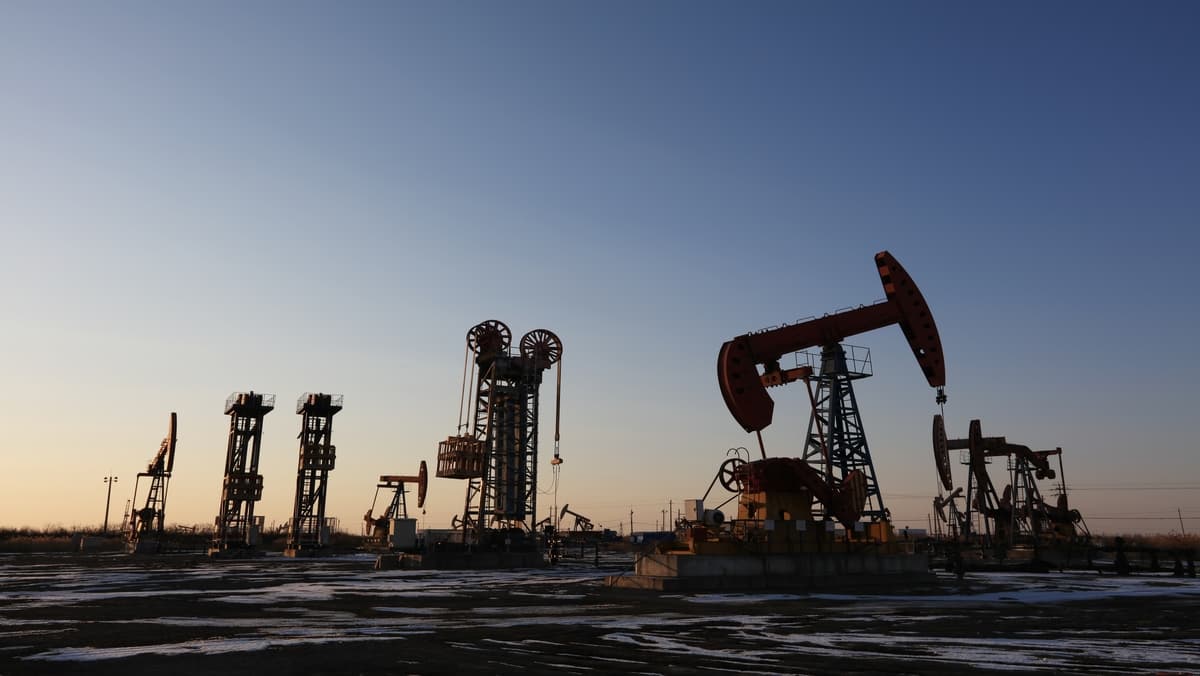
星期一 Sep 30 2024 07:06

6 最小

Global oil demand, including biofuels, will likely level off near 106 million b/d toward the end of this decade, up from just over 102 million b/d in 2023, due to the boom in electric vehicles, renewable energy and fuel efficiencies, the IEA said in its latest annual mid-term outlook, "Oil 2024."
Total global oil demand is projected to increase by 3.2 million barrels per day (b/d) between 2023 and 2030, primarily driven by higher consumption of jet fuel and petrochemical feedstocks. According to the IEA, demand growth will continue to be fueled by Asia's largest economies, with China seeing significant increases in the petrochemical sector, while India will experience notable growth in transport fuel demand. In contrast, oil demand in developed economies is expected to maintain a structural decline, dropping from approximately 46 million b/d in 2023 to under 43 million b/d by 2030, marking the lowest level since 1991.
A year ago, the IEA forecasted that global oil demand would peak by the end of the decade, with a 6% increase to 105.7 million barrels per day (b/d) from 2022 to 2028.
In contrast, S&P Global Commodity Insights projects global oil demand, including biofuels, will reach a peak of around 109 million b/d in 2034, followed by a gradual decline, not falling below 100 million b/d until 2050. For 2024, Commodity Insights anticipates an average demand of 104.8 million b/d.
Separately, the IEA cut its 2024 global oil demand growth forecast for a third consecutive month, trimming 100,000 b/d from the estimate, citing contracting demand in OECD countries and signs that Chinese demand growth slumped to just 95,000 b/d in April. Helped by an upward revision to its 2023 demand estimates, the IEA now sees world oil demand growing by just 960,000 b/d this year to average 103.2 million b/d.
"Oil's subdued outlook is expected to carry forward into 2025, with a modest increase of 1 million b/d reflecting lackluster economic growth, an expanding EV fleet and vehicle efficiency gains," the IEA said in its latest monthly oil market report.

With oil demand expected to peak in the coming years, the IEA projects that global surplus production capacity could reach "unprecedented levels" by 2030, potentially challenging OPEC+'s current strategy of price stabilization.
The IEA forecasts total oil supply capacity to increase by 6 million barrels per day (b/d) to 113.8 million b/d by 2030—an excess of 8 million b/d over the projected demand of 105.4 million b/d. This would represent the largest supply surplus since the demand collapse during the 2020 coronavirus pandemic, potentially disrupting OPEC+'s market management efforts and impacting global crude markets.
"Such a massive oil production buffer could usher in a lower oil prices environment, posing tough challenges for producers in the US shale patch and the OPEC+ bloc. Given shale's short-cycle time frame and price reactivity, some output could be at risk ...moreover, reduced requirements for OPEC+ crude may put the alliance's market management to the test," the IEA said.
The IEA noted that Saudi Arabia's recent decision to pause plans for increasing its crude output capacity by 1 million barrels per day (b/d) could lead other OPEC members to reconsider their own capacity expansion plans amid looming excess supply.
Outside of the OPEC+ group, capacity additions are expected to contribute 4.6 million b/d, or 76% of the total net increase by 2030, according to the IEA. Most of this growth will come from the Americas, with the U.S. alone accounting for 2.1 million b/d of non-OPEC+ gains, while Argentina, Brazil, Canada, and Guyana are forecast to add a combined 2.7 million b/d.
"The projections in this report, based on the latest data, suggest a significant supply surplus emerging this decade, signaling that oil companies should align their business strategies with the evolving market dynamics," said IEA Executive Director Fatih Birol.
Despite Western sanctions, Russia—OPEC+'s second-largest exporter—is expected to largely maintain its oil production through the rest of the decade, driven by the ramp-up of the Vostok project. Although Russian output is projected to fall by 260,000 b/d to 10.7 million b/d due to OPEC+ cuts, the IEA estimates that production could recover to an average of 10.83 million b/d by 2030.
When considering shares, indices, forex (foreign exchange) and commodities for trading and price predictions, remember that trading CFDs involves a significant degree of risk and could result in capital loss.
Past performance is not indicative of any future results. This information is provided for informative purposes only and should not be construed to be investment advice.
